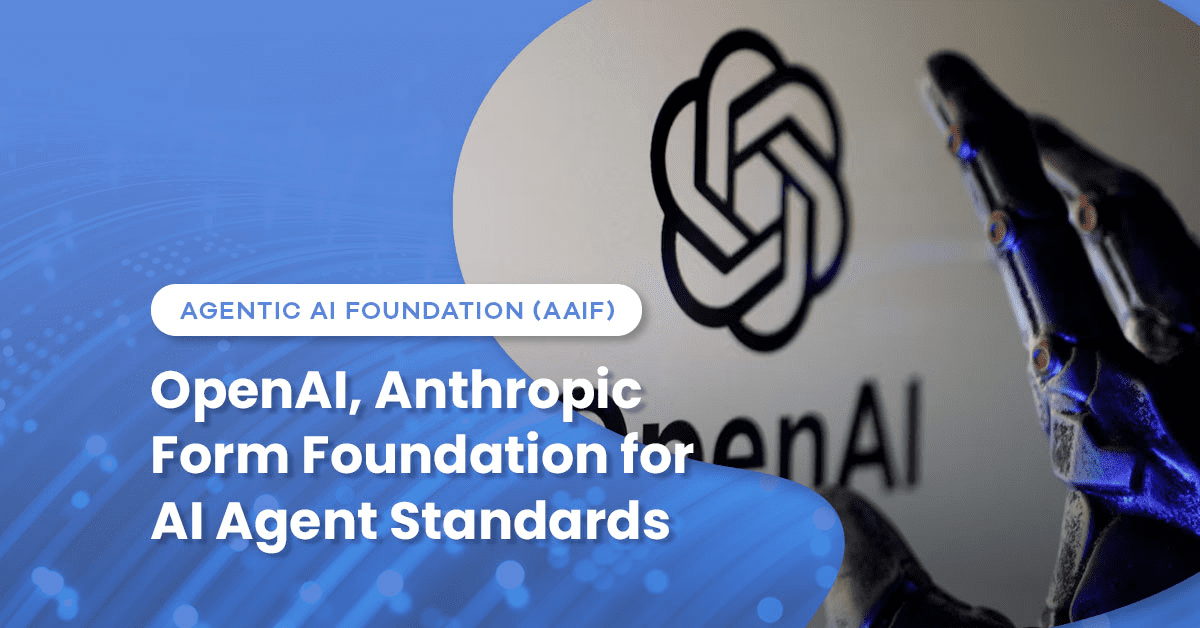As 2022 kicks off and tax legislation continues to be stalled in Congress, the amendment to Internal Revenue Code (IRC) Section 174 originally introduced by the 2017 tax reform legislation, the Tax Cuts and Jobs Act (TCJA), is now in effect.
TCJA’s amendment to Section 174 requires U.S.-based and non-U.S-based research and experimental (R&E) expenditures to be capitalized and amortized over a period of five or 15 years, respectively, for amounts paid in tax years starting after December 31, 2021. Additionally, software development costs are specifically included as R&E expenditures under Section 174(c)(3) and, therefore, will be subject to the same mandatory amortization period of five or 15 years. This is a tremendous change to what we have become accustomed to over the past several years and businesses will certainly see a significant decline in their research and development tax credits if nothing is done to extend “old law.”
Prior to the TCJA amendment, Section 174 allowed taxpayers to either immediately deduct R&E expenditures in the year paid or incurred or elect to capitalize and amortize R&E expenditures over a period of at least 60 months. Additionally, taxpayers were able to make an election under Section 59(e) to amortize R&E expenditures over 10 years. Similar options existed for the treatment of software development costs under Rev. Proc. 2000-50, which provided taxpayers the option to currently expense costs as incurred, amortize over 36 months from the date the software was placed in service, or amortize over not less than 60 months from the date the development was completed.
The statute specifies that amortization will begin with the midpoint of the taxable year in which expenses are paid or incurred, creating a significant year 1 impact. For example, assume a calendar-year taxpayer incurs $5 million of R&E expenditures in 2022. Prior to the TCJA, the taxpayer would have immediately expensed all $5 million on its 2022 tax return, assuming it did not make an election under Section 174(b) or Section 59(e) to capitalize the amounts. Under the new rule, the taxpayer will be entitled to amortization expense of $500,000 in 2022, calculated by dividing $5 million by five years, and then applying the midpoint convention in the first year of amortization to haircut the annual amortization amount in half.
In the House version of the Build Back Better Act passed in November 2021, the effective date for the amendment made by the TCJA to Section 174 was delayed until tax years beginning after December 31, 2025. While this specific provision of the bill enjoyed broad bipartisan support, comments made by Senator Joe Manchin (D-W.V.) in late December indicating his opposition to the bill effectively stalled progress on the Build Back Better Act, making the path forward on legislation unclear. Accordingly, as of the date of this publication, the original effective date (i.e., years beginning after December 31, 2021) for the mandatory capitalization of R&E expenditures remains in place.
Immediate Considerations for Taxpayers with R&E Expenditures
Due to the new capitalization requirements, taxpayers should ensure that R&E expenditures incurred are properly identified. Some taxpayers may be able to leverage from existing systems/tracking to identify R&E. By definition, any costs included in the research credit calculation would need to be recovered under the five-year recovery period. Taxpayers with an existing methodology in place to calculate the research credit will likely be able to use such computations as a helpful starting point for determining R&E expenditures under Section 174.Taxpayers that are not currently identifying R&E expenditures in any fashion will need to consider what steps are necessary to assess the amount of expenditures subject to Section 174. For instance, taxpayers that include all of their salaries and wages in a single trial balance account should consider what mechanisms are readily available to them to allocate the single account balance between Section 174 and non-Section 174 amounts. Depending on the facts and circumstances, it may be prudent to begin segregating R&E expenditure amounts in their own trial balance accounts (e.g., to have a separate trial balance account for R&E expenditure wages versus non-R&E wages), or to employ the use of a departmental or cost-center based trial balance to capture R&E expenditure amounts. The determination of which specific costs should be included in the relevant R&E expenditure trial balance accounts or R&E expenditure cost centers/departments will likely involve interviews with a taxpayer’s operations and financial accounting personnel, in addition to the development of reasonable allocation methodologies to the extent that a particular expense relates to both R&E expenditure and non-R&E expenditure activities.
After identifying these costs, taxpayers will have to track amortization and make any necessary book/tax adjustments, as many of the costs that are required to be capitalized under Section 174 will likely continue to be expensed as incurred for book purposes. Companies should expect there to be a difference in the total cost basis of the property between their depreciation books maintained for financial reporting purposes versus tax reporting purposes which may result in additional reconciliations that must be performed year after year.
Other Effects of the New Section 174 Rule
While the most obvious impact of the new Section 174 is a temporary increase to taxable income (or temporary decrease to taxable loss) that will ultimately reverse in future years, there are other tax provisions for which the treatment of R&E expenditures and/or the determination of taxable income are relevant that could also be affected by the change. With the new capitalization requirement in place, some areas taxpayers should pay attention to as they begin to consider tax provision and taxable income projection implications for 2022 include:
- Section 250 Foreign Derived Intangible Income (FDII) deduction: FDII benefits may increase due to increased taxable income (and therefore deduction-eligible income and foreign-derived deduction-eligible income) as a result of capitalized R&E expenditures.
- Section 163(j): Increased taxable income resulting from the capitalization of R&E expenditures may reduce disallowed business interest expense under Section 163(j) in a given year.
- Section 250 Global Intangible Low-Taxed Income (GILTI) calculation: The requirement to capitalize and amortize foreign R&E expenses over 15 years may have a significant impact on the amount of tested income.
- Section 861 allocations: Provisions involving the allocation of R&E expenditures, including FDII, GILTI and the foreign tax credit, should ensure that all costs identified as Section 174 amounts are allocated in accordance with the rules provided under Treas. Reg. §1.861-17.
While the discussion above highlights many of the important issues that taxpayers should begin considering now, many questions and uncertainties linger as we await further guidance from the government:
- How broad is the application of Section 174 to software development costs? (i.e. does the new rule apply only to software development costs that also happen to meet the definition of Section 174, or does it include all costs associated with software development)
- How should amortization expense related to capitalized R&E expenditures be treated under Section 263A (UNICAP)?
- How are domestic and foreign research activities distinguished?
- What procedures are necessary to implement the method change to required capitalization?
- How should research expenses that are ultimately reimbursed by another party (i.e, under a cost-plus arrangement) be treated under Section 174?
Next Steps
Legislative action is required to change the treatment of R&E expenditures for tax years beginning after December 31, 2021 and thereafter. The delay of the effective date to capitalize R&E expenditures has broad bipartisan support, and taxpayers remain hopeful that Congress will be able to enact a bill that will allow for uninterrupted expensing treatment of Section 174 costs, at least for the next few taxable years. In the meantime, taxpayers should start considering the implications of the Section 174 rule as currently enacted and assess the impact of the changes to their 2022 taxable income for financial reporting and estimated tax payment purposes.

 Previous
Previous






